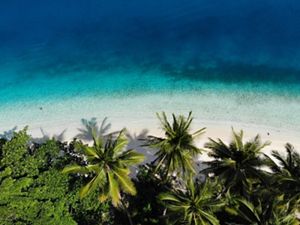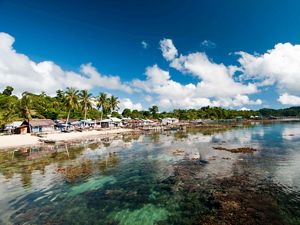The waters of Raja Ampat, Southwest Papua, are one of the most biodiverse marine areas in the world. Located at the heart of the Coral Triangle, the region is home to 75% of global coral species. However, the threat of climate change in the form of rising sea temperatures is causing the threat of coral bleaching to increase.
Read: Support Kayan Landscape Management Through Partnership
To meet this challenge, YKAN and its partners, including BRIN, are researching to identify coral species that are more resistant to rising sea temperatures. This research is part of strengthening the Raja Ampat Marine Protected Area (MPA) zoning system using a science-based approach.

The latest research was conducted in South Misool from November 2024 to January 2025. The experiment tested the thermal resistance of corals in three locations: Kalig Station, Salabafunuatsa, and Yuf Island, on eight coral species, namely Acropora hyacinthus, Acropora formosa, Acropora humilis, Pocillopora verrucosa, Porites lobata, Porites cylindrica, Stylophora pistillata, and Seriatopora hystrix. Experiments were conducted using 16 healthy adult coral fragments per species, collected from depths between one and five meters, and using two seawater media, the control, and heated media, with tested temperatures of 34°C-37°C.
The results showed that Porites lobata and cylindrical species showed better temperature resistance than other species. Meanwhile, some coral species at Kalig Station showed lower temperature resistance compared to coral species at Salabafunuatsa.





